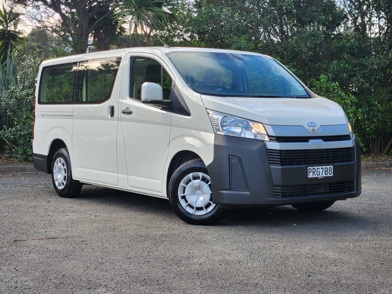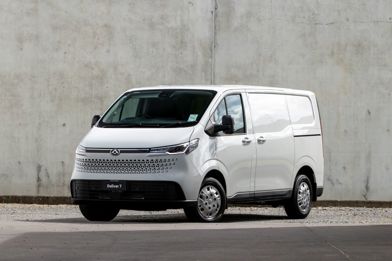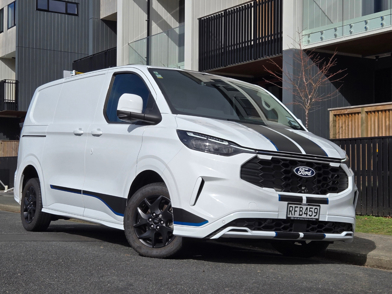Peugeot parent company Stellantis has publicly stated that it wants to overtake Ford as the world’s number one maker of light commercial vehicles by 2030, with a huge focus on battery electric vehicles (BEVs): 40 per cent of the overall mix. It’s created a new Pro One business unit for that purpose.
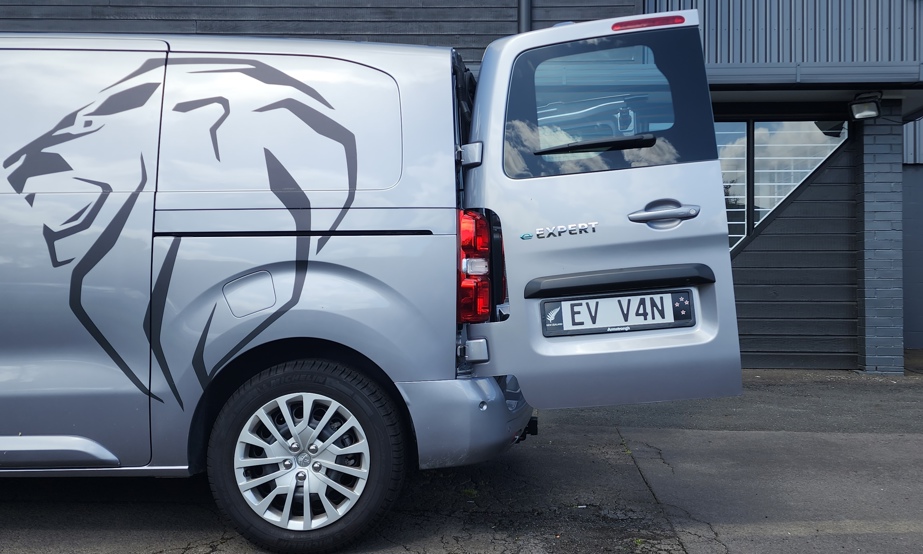
Okay, it has a lot of brands in tow to achieve that: Peugeot, Citroen, Fiat, Opel, Ram and Vauxhall. And the company’s global ambition isn’t as relevant here in New Zealand, where many of these LCV brands are pretty niche.
But the point is, this maker is very serious about its electric LCVs. Which brings us to Peugeot NZ’s latest e-Expert. We’ve already had some time in the compact e-Partner; this is a bigger van, “medium length” according to Peugeot, more a rival for the likes of the Ford Transit Custom, Toyota Hiace and Volkswagen Transporter.
We say Peugeot NZ’s “latest” e-Expert, but in fact this model is about to be superseded by a facelift version in Europe.
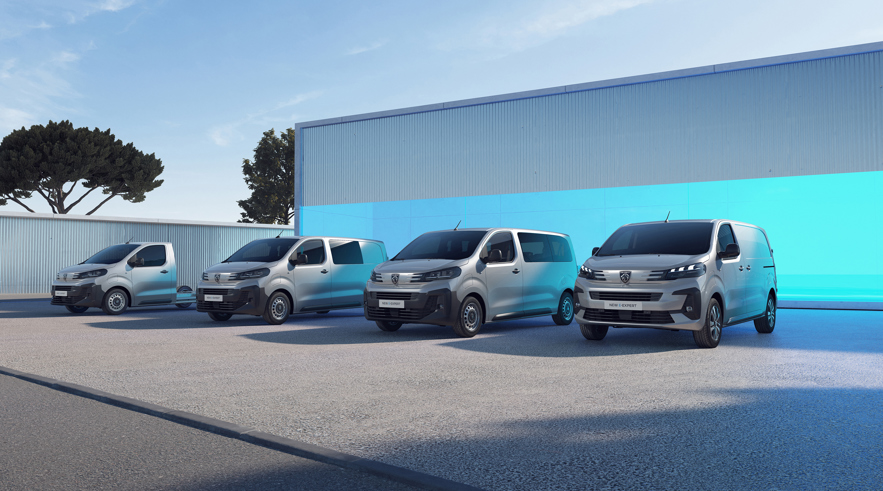
In October, Stellantis revealed a bunch of new LCVs under that new Pro One division, and refreshed e-Partner and e-Expert models were among them. They’re a long time away for NZ (European production doesn't even start until March 2024), but just for the record: this version of the e-Expert is much closer to the end of its model life than the beginning.
This is essentially an electrified version of an ICE van.
And that does kind of show. It’s a nice looking van, but the chromey front looks quite old-fashioned (and thoroughly ICEy) compared with the smooth look of the facelift version. Inside, it’s the only current Peugeot not to have the fancy i-Cockpit interior, making do with an old-style slabby dash and tiny 7in infotainment screen. Although it does still offer full Apple CarPlay/Android connectivity.
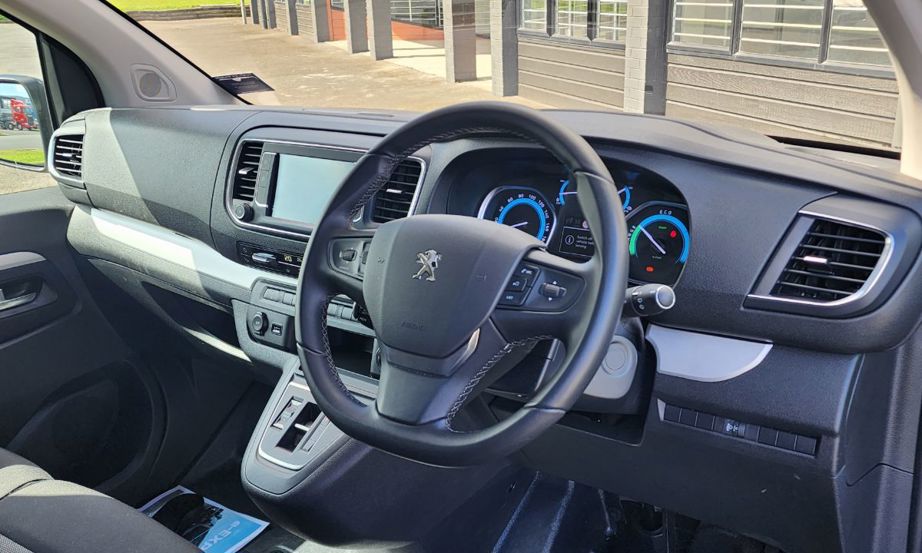
This is essentially an electrified version of an ICE van. Even the rear flap for the fuel filler remains, sealed off, with a new cutout for the charge port in the front guard. There’s not even anywhere to keep the charging cables: in our test vehicle they were just lashed under a net on the cargo floor.
Base retail is $86,990; our test van also had the $900 Moduwork package (worth it).
That’s the big-picture context. But even as it is, the e-Expert is a brilliant van. The Europeans are really good at this kind of stuff. The cabin is big and comfortable, with lots of minor storage; if you option the $900 Moduwork package you even get a fold-up outer seat (for taller items), more storage under the squab of the central cushion, a fold-down table and load-through panel under the passenger’s side that extends the load length from 2.5 to 3.7m. Clever.
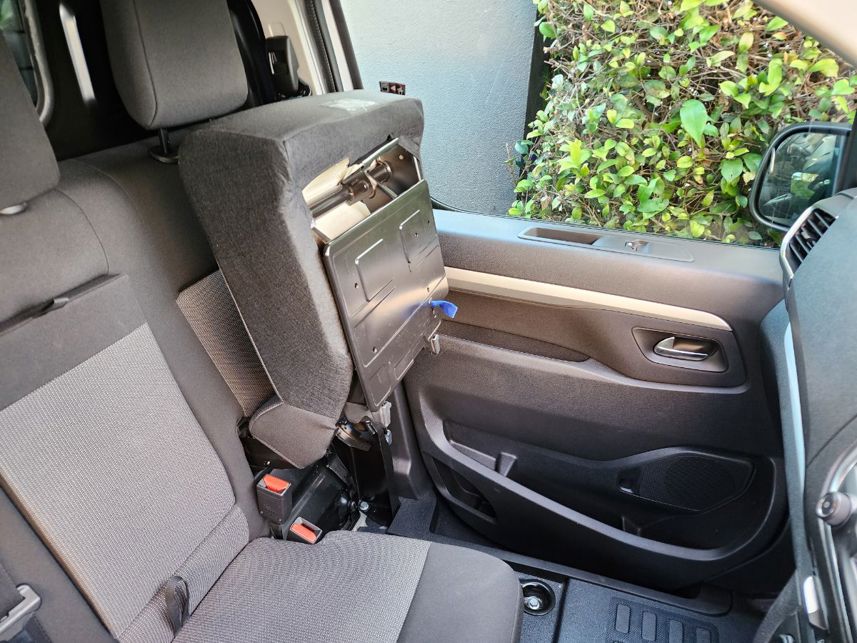
Van buyers will know their specific needs and wants, but for the record the e-Expert has 1628/1397mm load width/height, 1258mm between the wheel arches and 5.3/5.9m3 load volume without or with the Moduwork pack. Dual sliding doors, brilliant 180-degree barn doors at the back.
A 339km range is not great for a 75kWh battery. And remember, it all goes further downhill when you start to load this thing up.
The e-Expert has the biggest battery of any Peugeot BEV sold in NZ: 75kWh, which also pushes the kerb weight to over two tonnes. However, it retains a one-tonne payload and can also tow a tonne.
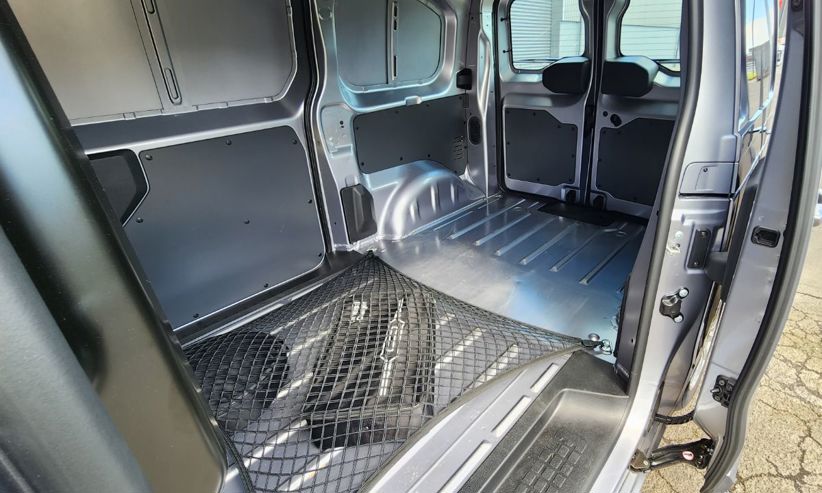
If you’re used to driving rattly diesels, this is one sweet LCV. It’s exceptionally quiet (there’s even acoustic glass in the windscreen to enhance the refinement), the ride is smooth even when unladen and the whole drive experience is positively relaxing.
It’s also well-stocked with safety assists, with the exception of adaptive cruise – which is a shame, because the e-Expert has a lot of other camera-based stuff, including lane departure and forward collision alert. Blind spot monitoring too, which is handy when you’re a strictly occasional vannie and there are no side windows to see through.

It’s a nice drive… but it ain’t fast. Just 100kW moving a two-tonne-plus vehicle means over 14sec to 100km/h and very leisurely rolling acceleration. You'll need to press the Power mode button to liberate full power, but then range takes a bit of a hit. There's also a B-button to boost the regen.
Ah yes, the range. Despite the big battery, the WLTP range is just 339km – which is not terrible, but not great for a 75kWh battery pack. And remember, it all goes further downhill when you start to load this thing up. Unless you really can find a downhill and get even more regen. Individual users will know whether the e-Expert offers enough range for their day-to-day work - and it can be recharged at up to 100kW in between delivery runs.
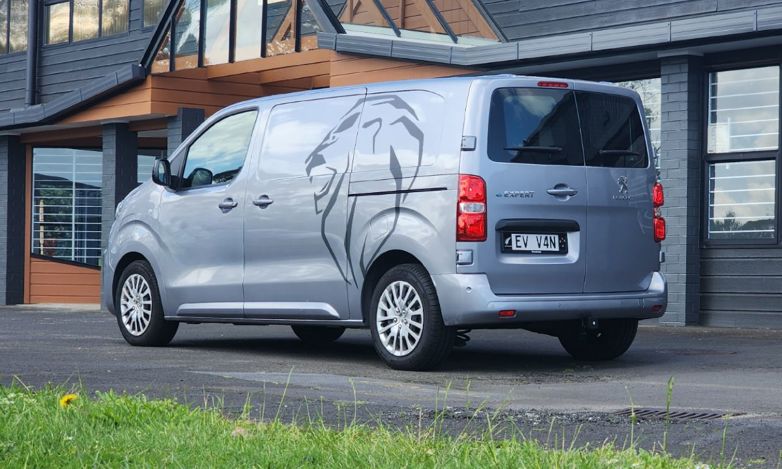
So there are definitely some limitations in terms of working life for the e-Expert, but the biggest issue could be price. Base retail is $86,990; our test van had the $900 Moduwork package (worth it), $550 metallic paint and the so-called Look Pack, which adds body-colour trim, LED running lights and special wheel covers (although the van pictured wears alloys) for $1000.
Grand total: $89,440. If you're doing a lot of mileage the reduced running costs start to swing the balance back of course, but then you have to wonder whether the e-Expert offers enough range: it does well crawling around congested European centres, but in Kiwi cities like Auckland even urban work can involve quite a bit of motorway driving, which is very hard on an EV.
This is a great eco-van with immense practicality, but we sense a serious conversation with the company accountant coming.
PEUGEOT E-EXPERT
MOTOR: 75kWh battery with single electric motor
POWER: 100kW/260Nm
GEARBOX: Single-speed automatic, FWD
0-100KM/H: 14.3sec
CONSUMPTION: 24.7kWh/100km (WLTP)
PRICE: $86,990



